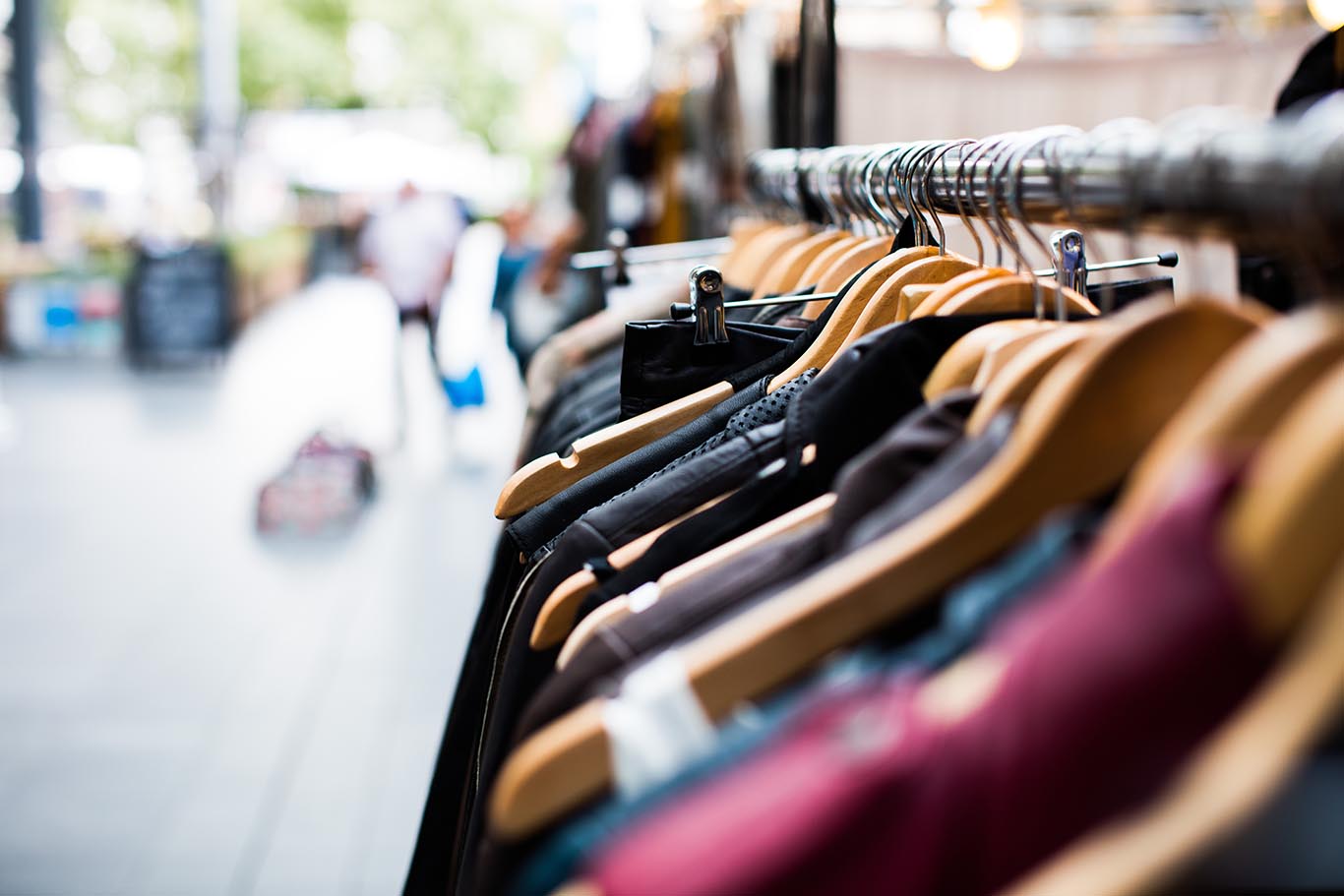
What to look for in a fashion EPOS
Despite accounts in the media of the big retailers struggling – Debenhams and M & S to name but a few – statistics show that the fashion market has been growing steadily over the past few years.
In fact, 2019 has seen particular growth according to the National Office of Statistics . The annual expenditure on clothing, based on sales volume, has seen a gradual increase. All of this makes good reading for fashion retailers.
However, in such a competitive market, to be successful you need to keep abreast of changes in shopper tastes and habits to ensure you stay on your customer’s shopping list. Fashion is a personal thing – everyone’s tastes differ, which is why the successful retailer will be the one that can provide great service, trend and product advice instore – as well as keep up with the latest trends online.
The rise of tech and online shopping has clearly made a big impact on the bottom line, but importantly for bricks and mortar shops the systems instore provide the foundations for success. Today fashion EPOS systems do much more than simply process sales.
The best fashion EPOS can provide many other features including; inventory and employee management, a customer management and membership system, stock transfers, sales reporting and more. By integrating with your CRM system, accounting package, warehousing, sales data and ecommerce, it gives retailers a finger on the pulse of their business.
We’ve identified three key areas to look out for in a fashion EPOS system to help you manage your stock, staff and keep customers coming back for more:
1. Choose a POS till system that’s easy to use
Customers with an interest in fashion enjoy the shopping experience, as well as shopping online to get the latest look. A fashion EPOS system with a clear visual display makes it quick for staff to learn, easy to use and improves your customer experience. Being able to search for stock, manage discounts and promotions and take customer details for loyalty schemes streamlines your customer service.
With additional barcode scanning, chip and PIN and contactless pay, payment is quick and easy to process. Being able to provide email receipts or gift receipts at till point also reduces administration and enhances your customer experience. New tablet POS systems also provide the flexibility of being able to serve customers away from the till, to look up products, process sales and reduce queues at busy times.
2. How easily does it integrate with your other business systems?
Integrating your fashion EPOS with central stock management, warehousing and business intelligence gives a complete overview of the business. Having insights of your stock across your entire retail estate and warehouse enables you to quickly fulfil requests in different stores, or meet online demand.
With complete visibility of clothing ranges, you can ensure that slow moving items are promoted or discounted, while hot sellers can be quickly replenished in stores to maximise profits.
3. Reports to keep you in control
It’s worth investing in a fashion EPOS system that generates reports that enable you to drill down into sales and returns, easily and quickly, to see trends. Fashion is fast moving, which means it is essential to keep abreast of changes and respond quickly to customer tastes and demands. Being able to keep track of best -selling lines, colours and sizes means that you can reorder stock to meet customer demand, so they need never be disappointed.
There is no doubt that technology plays an important part in successful retailing. The right POS system can not only help to deliver the best instore experience, it can also support your omnichannel business, opening your shopfront to the world.



